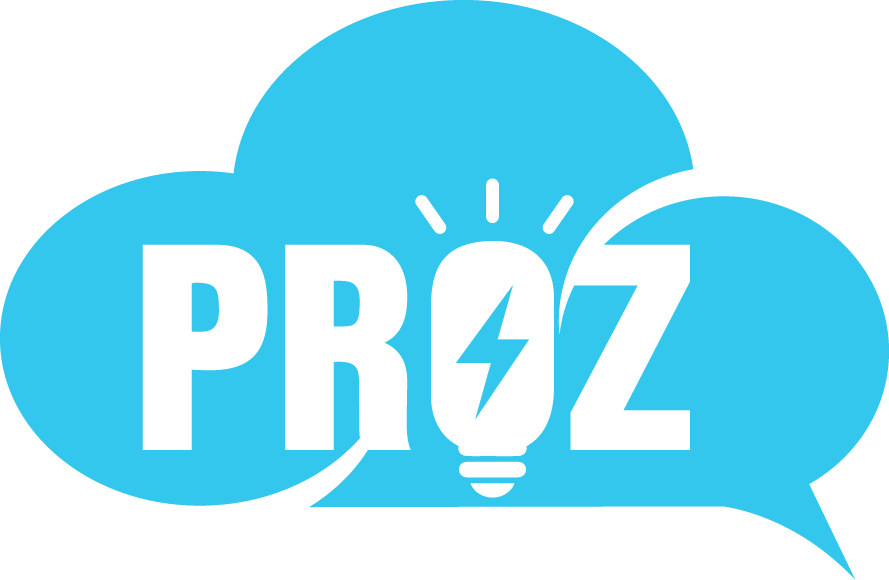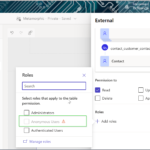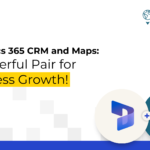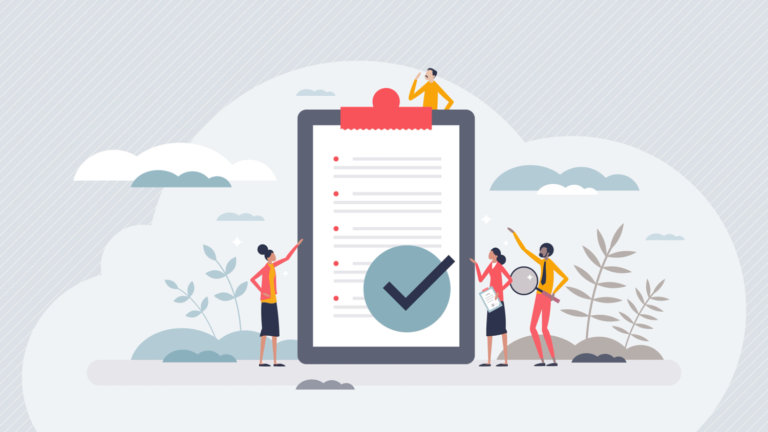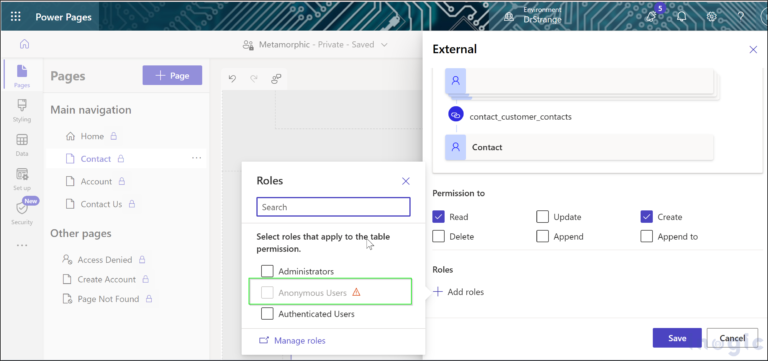As a service manager, imagine spending 10 minutes in the morning reviewing your most important key performance indicators (KPIs) — and in that short time quickly seeing which types of cases have the highest handle times. Or, as a service agent, suddenly having the superpower to know when a customer is likely to churn — and what you can do to prevent it. These are real-world applications of today’s customer service analytics.
Every day, customers reach out to your contact center for help. These interactions create mountains of customer data – information your business can use to drive growth. Customer service analytics makes sense of the data from all your customer interactions and turns them into insights you can use to improve your customer service operations.
Here’s what you need to know to benefit.
Make your service analytics smarter
Service Intelligence, a new analytics app for Service Cloud, can help you boost your operations with actionable insights and AI-powered recommendations so you can make better business decisions.


What is customer service analytics?
Customer service analytics means assessing the data created by service interactions to uncover actionable insights. This data comes from multiple sources – including phone conversations, emails, chats, social media, and customer surveys – and can be categorized into quantitative and qualitative.
Quantitative customer service data includes the measurable facts of a customer service interaction – like how long the customer had to wait, which agent responded, how long the service interaction took, and which channel the customer used. Qualitative service data includes information like customer sentiment, complaints about product flaws, feedback on branding, or even customer insights on your competitive weaknesses and strengths.
Customer service analytics distills all of this data into useful nuggets of information, which is especially helpful as your business grows and takes on a greater volume of service interactions. Analytics may reveal customer preferences, potential product improvements, or ways to increase operational efficiency.
But how do you get started? With a powerful analytics app, like Service Intelligence for Service Cloud, you can make sense of all your data quickly and get the insights you need to make better business decisions.
Get service articles selected just for you, in your inbox
What types of customer service analytics are there?
First, let’s get an understanding of the different types of customer service analytics you may want to use. Some categories are:
- Descriptive Analytics: This involves analyzing historical data to understand past customer interactions and patterns, providing insights into what has happened.
- Diagnostic Analytics: This category focuses on identifying the reasons behind specific customer service outcomes, helping your business understand why certain events occurred.
- Predictive Analytics: This uses AI, data, statistical algorithms, and machine learning to identify the likelihood of future outcomes based on historical data, enabling proactive measures.
- Prescriptive Analytics: With AI, this type of analytics suggests actions to optimize outcomes based on the insights from predictive analytics, guiding decision-making in real time.
All of these types of analytics can be helpful for your service operations. You might use omni-channel analytics, a form of descriptive analytics, to understand what happened on a recent Tuesday. Then use diagnostic analytics to understand the reasons. Perhaps you’ll see that wait times were too high on voice, because agents don’t have adequate training on that channel. Maybe the average handle time was long, due to one extremely lengthy call. You might then review the call transcript to see if agents need more training on that issue.
Predictive analytics help you forecast the staffing capacity you’ll need during anything from a regular Tuesday to an upcoming holiday season, based on past patterns. You can also use predictive analytics to determine the category or severity of a case as it is logged.
Predictive analytics – in combination with prescriptive analytics – lets your agents make better decisions. For example, you can provide agents with insights — right in the flow of their work — that help them better serve your customers. Analytics helps you optimize service operations.
AI and customer service analytics
The power behind many analytics is AI, which crunches the data and offers up useful facts and suggestions in real time. AI algorithms can analyze vast amounts of customer data rapidly, providing valuable information on customer behavior, preferences, and trends. AI can even tell you which types of processes you should automate.
In order for AI to do its job, your customer data – from purchases to web engagements to customer service cases – must be connected and unified. No disconnected, siloed systems that hide important information from agents. When your customer data is unified, there is only one source of truth. AI then takes this clean, reliable data to the next level by serving up intelligent predictions and recommendations to help your team improve the service you provide.
What are the benefits of tracking customer service analytics?
Customer service analytics offer many advantages to businesses that want to retain their customers and also save on costs. These include:
- Improved customer experience. Our research shows that 94% of customers say a good service experience makes them more likely to make another purchase. Analytics help you understand customer expectations and experiences, so your business can then tailor services to meet those expectations effectively.
- Identifying pain points: By analyzing customer feedback and complaints, your business can identify recurring issues and address them proactively, leading to improved customer satisfaction.
- Operational efficiency: We found that 78% of service agents say it’s difficult to balance speed and quality. Analyzing customer service data allows your company to optimize their processes, allocate resources efficiently, and enhance overall operational effectiveness.
- Product and service improvement: Insights from analytics can guide product and service development, ensuring they align with customer needs and preferences. After all, 73% of customers expect you to understand their needs and expectations.
- Customer retention and loyalty: Understanding customer behavior and preferences allows your business to design strategies that foster customer loyalty and improve retention rates.
What to measure for customer service analytics
While customer service analytics is the broad category, at a more granular level you need to decide which data you want to measure. This is where your KPIs come in. Here are some important ones to consider and how to use them:
1. Customer Satisfaction (CSAT)
To find CSAT, conduct post-interaction surveys and ask your customers to rate their satisfaction on a scale (e.g., 1-5). The average score indicates overall satisfaction.
2. Net Promoter Score (NPS)
After a customer interaction, ask, “How likely are you to recommend our company to a friend or colleague?” Have customers answer on a scale of 0-10. Categorize respondents into Promoters (9-10), Passives (7-8), and Detractors (0-6). Calculate the NPS by subtracting the percentage of Detractors from the percentage of Promoters.
3. Customer Effort Score (CES)
After an interaction, ask your customers, “How easy was it for you to get the help you wanted today?” The scale is usually 1-7, with higher scores indicating a seamless experience. Fun fact: our research found that CES was one of the fastest growing service KPIs between 2020 and 2022. It’s that important.
4. Average Response Time (ART)
Calculate the average time taken to respond to a customer query from the initial contact. Lower ART indicates efficient service.
5. Average Handle Time (AHT)
This metric is the average duration taken to handle a customer interaction comprehensively. AHT is a bit tricky, because you don’t want agents rushing off calls or chats before the problem is solved. The goal is to optimize processes to reduce AHT without compromising quality.
6. First contact resolution
Also known as first call resolution or first touch resolution, first contact resolution is the percentage of customer queries or issues resolved successfully on the first interaction.
7. Case deflection
This is a way to measure customer issues that never became cases – often because customers were able to help themselves through self-service tools, or via automated processes.
8. Agent case volume
Agent case volume is important and straightforward. Tracking it can show when agents are overloaded or conversely, when you’re overstaffed.
9. Customer Lifetime Value (CLV)
CLV estimates the value a customer brings to the business throughout their entire relationship with the company. Knowing this information helps the business with strategic decision-making for customer acquisition and retention, and may help service agents recognize high-value customers who deserve a little extra help.
10. Customer retention rate
This is the percentage of customers at the beginning of a specified period who remain customers at the end. Higher customer retention rates demonstrate loyalty. Service agents have the power to help turn poor situations around and contribute to customer retention.
11. Sentiment analysis
Through the power of AI, you can use natural language processing (NLP) to analyze customer feedback and comments to gauge overall sentiment (positive, negative, neutral) and identify areas for improvement.
Get started with customer service analytics
Customer service analytics is a powerful tool to drive customer satisfaction and business success through data-driven decision-making. Here are some steps you can take to get started:
- Decide which KPIs you want to measure, based on your goals.
- Learn about customer service analytics technology solutions that will help you track these KPIs.
- Implement your technology solution and train staff.
- Tackle areas that need improvement one-by-one, based on your goals.
AI supported the writers and editors who created this article.
Start with data to deliver fast, efficient service
Every customer interaction is full of data. Learn how to make sense of all that data to boost agent productivity, cut costs, and enhance customer satisfaction.



